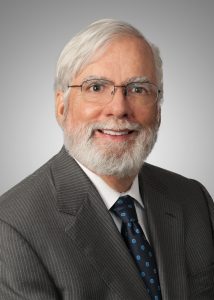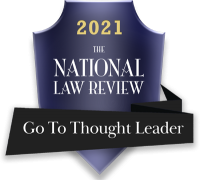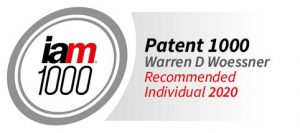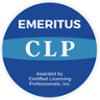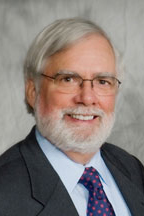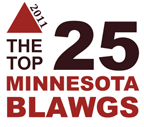The Examiner in Appeal no. 2017-003416 (Mar. 1, 2019) had rejected this claim as directed to a natural product:
“18. An in vitro culture comprising a substantially pure, replenishable population of synchronous primate trophoblast cells, wherein the synchronous primate trophoblast express chorionic gonadotropin, are predominantly chorionic gonadotropin (CG-B) positive, and are derived directly in vitro from undifferentiated primate embryonic cells exposed to a trophoblast inducing factor selected from the group consisting of [four factors] without passing through an embryoid body stage.”
A trophoblast is a cell which is a precursor of the cells which participate in the formation of the placenta. At the blastocyst stage, the outer cells of the blastocyst become committed to participate in the development of the placenta. The Examiner argued that all of the process steps in this product-by-process claim should be ignored because the claimed cells were not markedly different from the cells as they occur in nature, citing Chakrabarty. Going on to Step 2B of the Mayo/Alice analysis, the Examiner found no other elements that would amount to significantly more than the natural product itself.
The Board distinguished In re Roslin Institute as involving a clone of a donor mammal (“Hello Dolly!”) that “is an exact genetic replica…and does not possess ‘markedly different characteristics’” from the [unpatentable] donor parent. Roslin 750 F.3d at 1337. The Board noted that “the claimed trophoblast are not ‘naturally derived’ form embryonic stem cells, i.e., they are induced to form in in vitro culture.”
Addressing the process elements of the claim, the Board argued that In re Thorpe did not apply if the product made by the recited process has “markedly different characteristics from any found in nature[.] [T]hen it is patent-eligible notwithstanding further evaluation for patentability over prior art.” Thus, the relevant question with respect to the 101 issue is whether or not the claimed cells are markedly different from naturally occurring trophoblast cells, i.e. “trophoblast cells from a blastomere.”
To answer this question, the Board leaned heavily on the declaration of one Dr. Golos that “’it was well understood in the field that human [ed.: a representative primate] placenta-derived trophoblasts do not proliferate in vitro, [rather such] in vivo derived trophoblasts form a non-replenishable, terminally differentiated trophoblast population’.. ..Rather such cells ‘terminally differentiate’ when cultured in vitro….Golos also explains that cells that are ‘incapable of replication’ in vitro.” He also explained that synchronized cells are “artificially induced”, and that, “no isolated substantially pure population of synchronized, replenishable human trophoblasts exists in nature.”
The Board found this testimony convincing:
“In short, we find the foregoing evidences that trophoblast cells from nature when cultured in vitro are not replenishable, and synchronicity of cells in culture is artificially induced, i.e., not natural. As a consequence, we conclude that the claimed in vitro culture of replenishable, synchronous primate trophoblast cells derived from undifferentiated primate embryonic stem cells without passing through an embryoid body stage are markedly different from naturally occurring trophoblast cells.”
What a difference a good expert declaration can make! Query, what would be the fate of a similar claim that did not have the process steps, e.g., “An in vitro culture comprising a substantially pure, replenishable population of synchronous primate trophoblast cells, without passing through an embryoid stage?” This claim would appear to have all the elements that the Board relied on to support its finding that the claimed cells were markedly different, and the declaration would technically not have been necessary – except to impress the Board. My final comment is that I long for a case that will resolve the question of whether or not the first 15 words of this claim would be enough to demonstrate “markedly different” to the PTO and the Fed. Cir. Now let’s eliminate “replenishable” and “of synchronous” from the claim.

